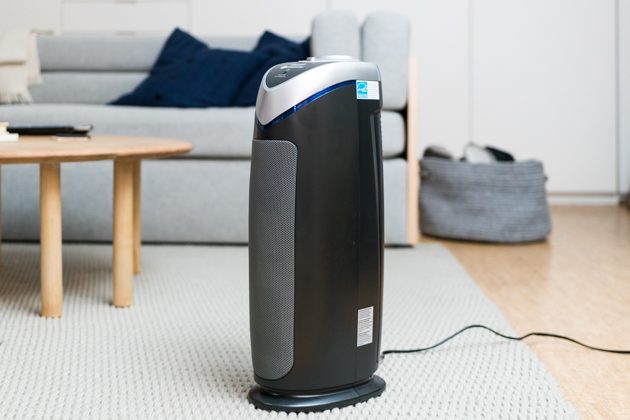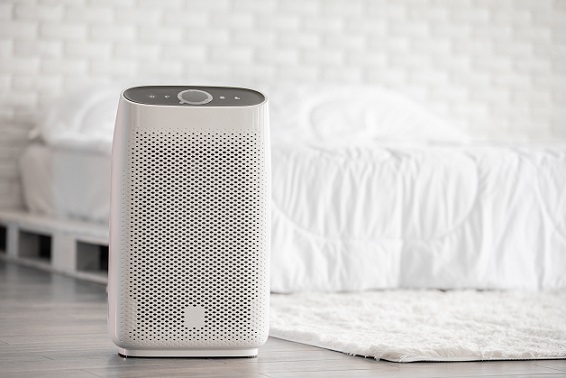Creating a healthy living environment in your home is crucial for enhancing your quality of life and safeguarding your well-being. From the air you breathe to the surfaces you touch, maintaining a clean and safe home environment requires knowledge and effort. By being proactive about your home’s condition, you can reduce the risk of health issues and increase your comfort. This article will explore various aspects of home maintenance, all to keep your living space as healthy and pleasant as possible.
Enhancing Indoor Air Quality
Breathing clean air is a cornerstone of good health, yet many people overlook the importance of indoor air quality. The American Lung Association notes that indoor air quality can be up to 100 times more polluted than outdoor air. Common household items such as cleaning supplies, tobacco smoke, and even carpet can release pollutants into the air, affecting health over time.
To mitigate this, regular ventilation is essential. Opening windows and doors to allow fresh air to circulate can help reduce the concentration of indoor air pollutants. Additionally, using air purifiers and maintaining air conditioning systems can further improve air quality.
Regular cleaning and vacuuming can substantially contribute to better air quality by removing dust and allergens from surfaces and the air. Installing house plants can also aid in filtering the air. Being mindful of the products you use and their emission levels can make a significant difference.
Preventing Mold Growth
Mold is a common household enemy that thrives in damp environments and can have serious health implications. Mold Inspection and Testing highlights that mold can begin to develop in as little as 24 to 48 hours in moist conditions, such as those found in carpets. Moisture control is thus pivotal in preventing mold growth.
Ensuring that your home is properly ventilated and addressing leaks immediately can limit mold’s chances of taking root. Regularly airing out bathrooms and using dehumidifiers in mold-prone areas can drastically reduce humidity levels. Keeping an eye out for signs of mold, such as musty odors or discoloration, can also help catch growths early.
It is equally important to maintain the cleanliness of areas prone to moisture, like kitchens and bathrooms. Proper sealing and regular check-ups on plumbing systems contribute to a dry environment less welcoming to mold. Investing in mold-resistant materials when possible can offer added protection.
Eliminating Household Pests
Household pests pose a significant challenge in maintaining a healthy home environment. The U.S. Census Bureau reported that homes with sagging roofs are about 3.9 times more likely than homes without sagging roofs to have roach sightings. Addressing these issues can significantly decrease your home’s attractiveness to pests.
One effective strategy is maintaining the integrity of your home’s structure, particularly repairing any weaknesses that could serve as entry points. Regular maintenance of roofs, sealing gaps, and securing windows and doors is critical. Proper waste management, such as covering trash cans and regularly disposing of garbage, minimizes food sources for pests.
Additionally, using natural pesticides and keeping the home clean can serve as practical deterrents to infestations. Ensuring that food is stored properly in sealed containers and promptly cleaning up spills can remove incentives for pests to linger. Consistent monitoring and proactive measures can help create an inhospitable environment for these unwanted guests.
Maintaining a healthy living environment in your home involves a combination of vigilance, routine maintenance, and informed strategies. These practices not only improve the safety and comfort of your living space but also contribute positively to your overall well-being and peace of mind. Making these efforts a regular part of your home care routine ensures a healthier environment for you and your loved ones to thrive in.









